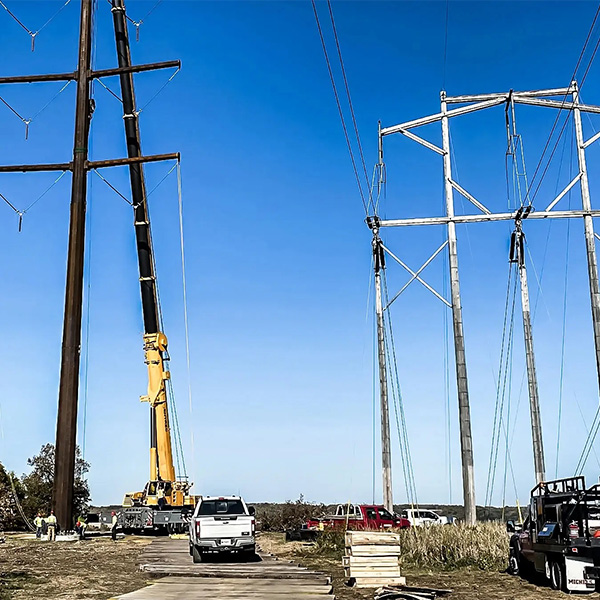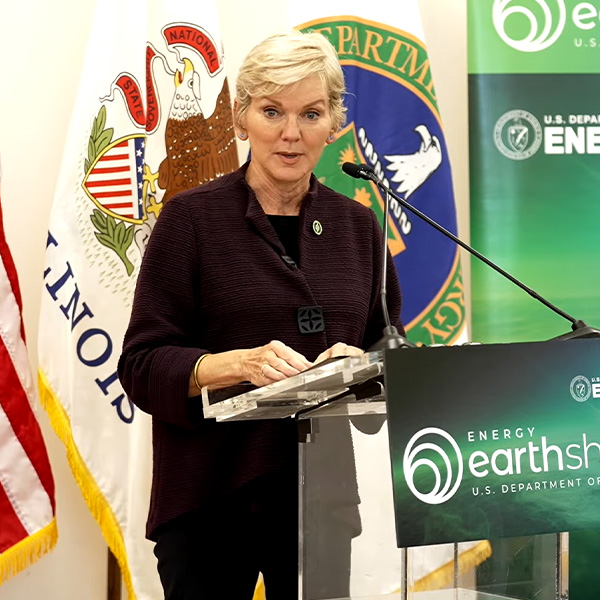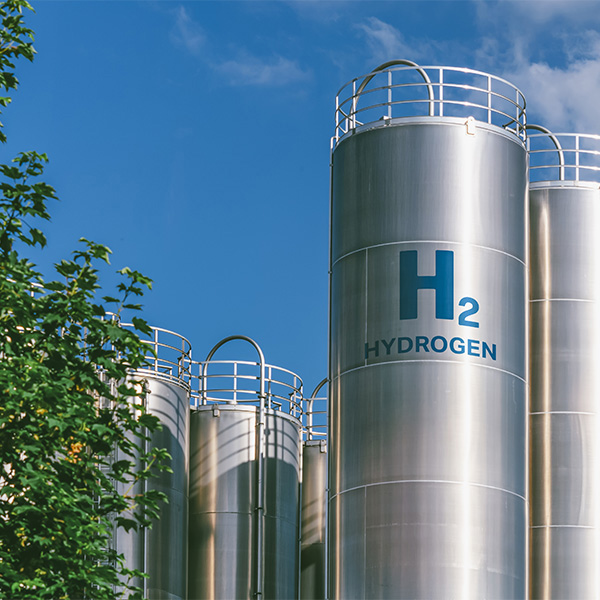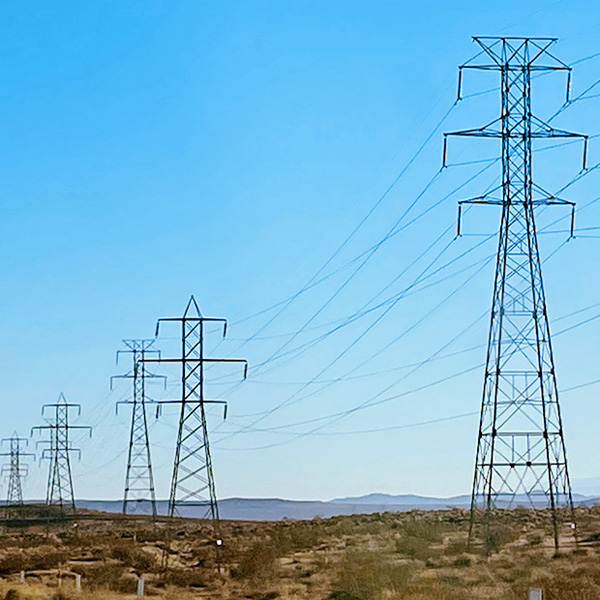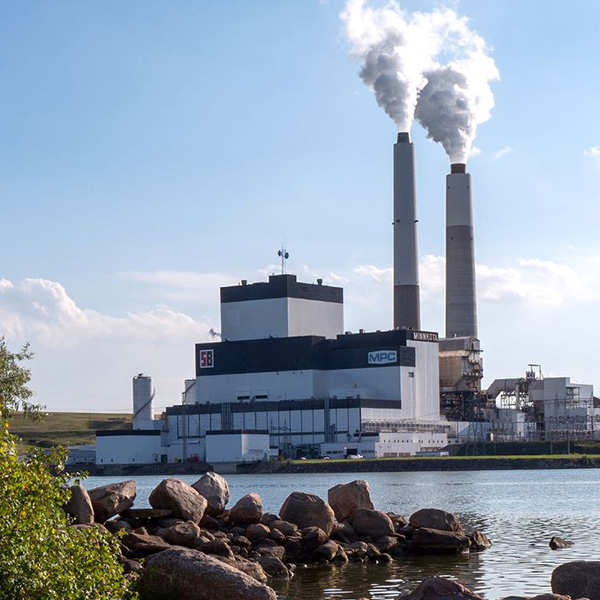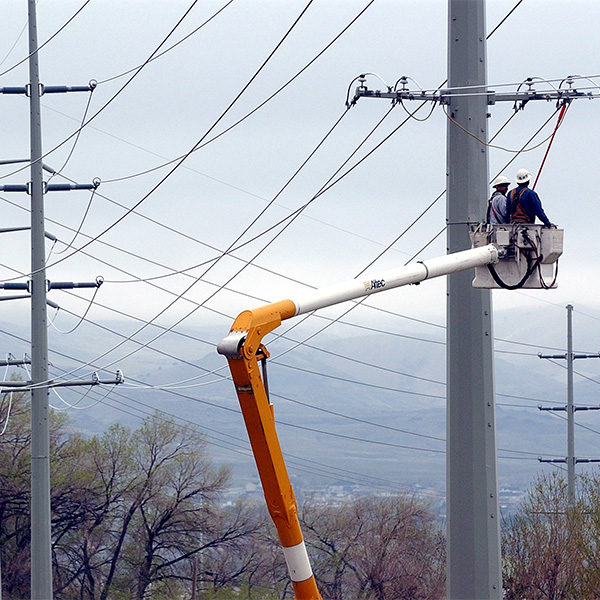Federal Policy
CongressDepartment of EnergyLoan Programs Office (LPO)Department of TransportationEnvironmental Protection AgencyFederal Energy Regulatory CommissionGeneral Services Administration (GSA)Interior DepartmentBureau of Land ManagementBureau of Ocean Energy ManagementNuclear Regulatory CommissionTreasury DepartmentWhite House
DOE laid out its plans to release draft National Interest Electric Transmission Corridors this spring, which will then start a process of refinement before they are finalized over several years.
DOE is focused on reshaping the U.S. energy landscape, but officials may have only another year to build the momentum needed to make any potential Republican rollbacks unpopular and unlikely.
Western Interstate Energy Board member states backed the research project exploring the region's potential for supplying the minerals needed for U.S. energy transition.
Hydrogen producers seeking tax credits will need to use new clean energy time-matched to demand, the Biden administration proposed.
Both EPA and FERC received comments on how reliability can be maintained under the former’s power plant rule that requires fossil fuel-fired units to curtail their emissions.
The New Jersey Board of Public Utilities dismissed a citizen petition seeking to reassess the cost to ratepayers of Atlantic Shores, the state's sole offshore wind project in active development.
The Department of Energy released its final guidelines for the designation of National Interest Electric Transmission Corridors, which are narrowly defined areas where transmission is urgently needed to ensure reliability and affordability and advance “important national interests.”
Coming on the heels of COP28 in Dubai - and its weak call for a reduction in fossil fuel use - some researchers and advocates continue to argue that the normalization of CCS will simply prolong the burning of fossil fuels and the emissions they produce.
The Treasury Department has released guidance on the tax credit for sustainable aviation fuel that offers incentives to fuel that cuts emissions by at least 50% compared to standard jet fuel.
Utilities are rolling out new GETs projects, DOE officials said, but “there are more than 3,000 utilities in the United States, and a few excellent projects won’t get us where we need to be.”
Want more? Advanced Search
